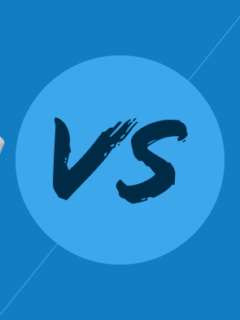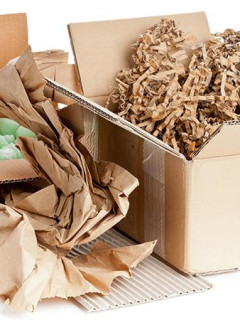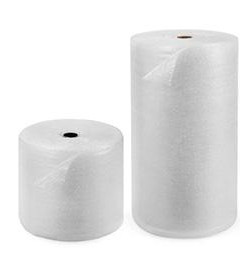Did you think packaging was boring? Oh no! But still, we understand if a cardboard spoon, paper tape or bubble wrap can seem a little bit exciting. Our colleagues at RAJA Belgia have therefore gathered some fun facts about packaging to “spice up” the theme a bit. Did you know?
1. In Ohio they organise the ‘Tape Festival’ every year
The city of Avon, Ohio, hosts an annual festival that focuses on tape in all its forms. You’ll see art, sculptures, clothing, etc., and everything is made of tape. Avon is the hometown of the Duck Tape brand, making it the “Duck Tape Capital” of the world.
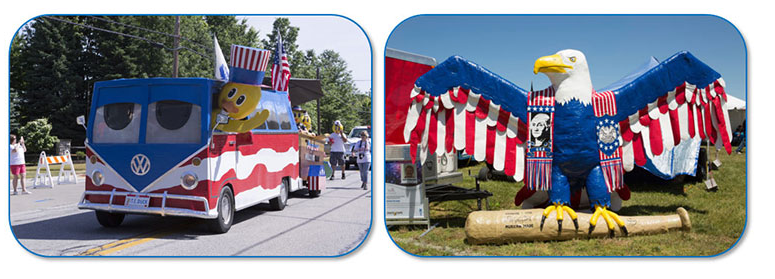
2. Tape can give you a scholarship
“Stuck at Prom” is a competition by an American tape manufacturer. The student who designs and produces the most beautiful dress or the most elegant dress for their prom with ‘Duck Tape’, wins a scholarship. The prize is as much as 10.000 dollars. Read more
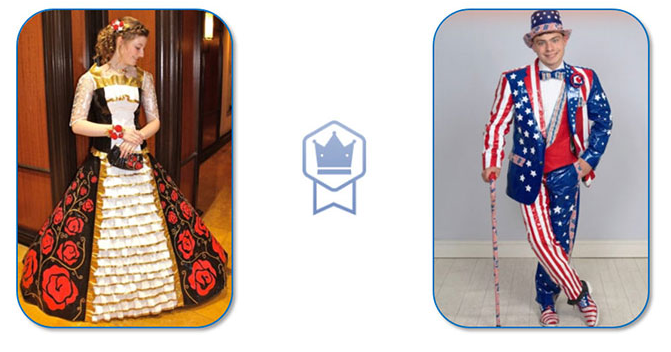
3. Make frosted glass safe again with tape
Frosted glass isn’t transparent. But it can be changed using transparent tape. How is this possible? Frosted glass is basically glass with many minor flaws and imperfections. If you put tape over the glass, these flaws are filled in and light can enter. See how here
4. In France there is a museum dedicated to cardboard
To visit the cardboard museum you have to travel to Valréas, the cardboard capital of France. Musée du cartonnage et de l’Imprimerie shows the history of cardboard and carton.
5. Reinforced tape was discovered by the military
Before the invention of duct tape, ammunition packs were made with wax and a kind of sticky paper tape. These were often difficult to open, leading to soldiers losing precious minutes in the heat of battle. The idea for duct tape, also known as clay tape or duck tape, came from Vesta Stoudt, the mother of two Illinois Marines. During World War II, she wrote a letter to President Roosevelt with the idea of reinforcing tape with textile. This resulted in a much more efficient tape. Roosevelt gave the idea to Johnson & Johnson, and thus the reinforced tape we know today as duct tape was born.
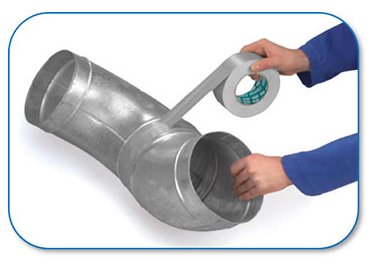
6. Tape saved the Apollo 13 expedition
Tape has been part of the rescue equipment on all NASA expeditions since the beginning. It proved to be a good idea when an explosion during the Apollo 13 mission caused serious problems for the three crew members. The air filtration system was about to fail, but with the help of tape (and a little help from Houston) they managed to repair the air filters and get it working again. See more about this here
7. Did you know that the cardboard is already 200 years old?
1817: The first cardboard spoon is launched in England.
1850: Kellogg’s is the first brand to permanently use cardboard boxes as packaging.
1856: The first patent for corrugated cardboard is granted. The ice cream as we know it today is born!
1883: The first corrugated board factory opens in London.
1914: Triangles are increasingly replaced by lighter cardboard sheets.
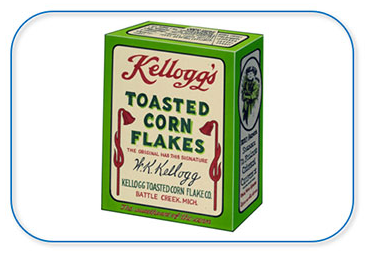
8. Paper and cardboard are the most widely used materials in Europe
Of all raw materials, paper and cardboard are used most, followed by glass and metal, among others. Paper can be recycled up to seven times, and a cardboard tray up to ten times.
9. Bubble wrap lowers your stress level
Research has shown that one minute of popping bubble wrap is as relaxing as a 30-minute massage. One theory behind this is that it has to do with ancestral habits of squashing skin or other pesky insects, as well as the typical popping sound. In addition, it may also be related to people being soothed by touch. By yawning and popping the bubbles, the sensation of touch is stimulated.
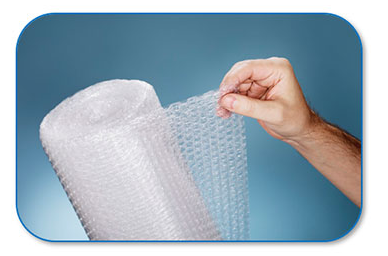
10. Bubble wrap was originally a type of wallpaper
In 1957, engineer Al Fielding and Swiss inventor Marc Chavannes wanted to develop a wallpaper with a raised structure. As an experiment, they glued two shower curtains together. It turned out that after the edges were sealed, the air bubbles remained in the middle. This idea was never very successful, but the packaging industry soon knew how to use it. Thus bubble wrap was born.
11. No more trees needed to make pallets
The wood in three pallets is a by-product of the production of furniture or building materials for domestic use. When a pallet’s life cycle comes to an end, most three pallets are recycled and turned into fuel, three-fibre pallets or as bedding.
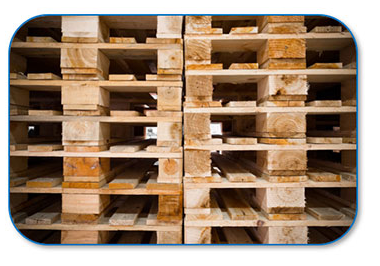
12. The packaging that provides the best protection against dust is… air!
The protection is not determined by the shape of the protection, but in the air around and in the air in the materials. It is through clean air that dust is best absorbed. BANG!












